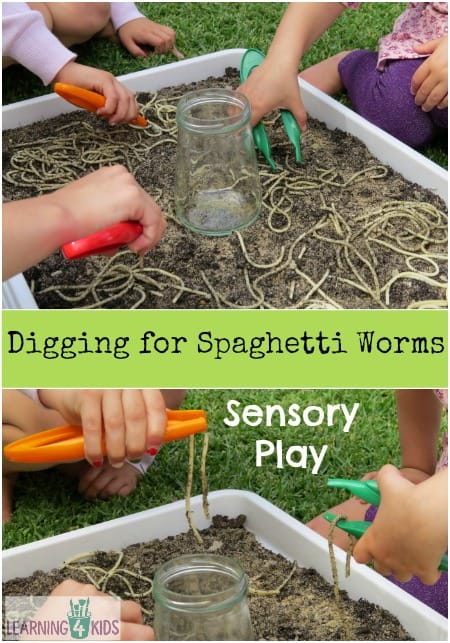Salt dough
You will need: 4 x cups of salt, 1 x cup of corn flour and water
1. Mix salt and corn flour in a pan
2. Add enough water to form a paste
3. Cook over a medium heat stirring constantly
Sand dough
You will need: 1 x cup of sand, 1/2 cup corn flour, 3/4 cup of hot water
1. Mix ingredients in pan
2. Cook, until very thick
3. Let models dry in the sun for 12 hours
Modelling dough
You will need: 2 x cups of salt
1 x cup of corn flour
1 x cup of warm water
1. Mix in a pan on low heat
2. Model
3. Leave to harden or cook on a low heat
(This is great dough that is very smooth and soft. Hardens quickly and paints well)
Clean mud
You will need: 1 x bar of dove soap
1 x roll of toilet paper
1 x gallon of water
1. In a large tub, layer up toilet roll
2. Grate the soap and sprinkle over the paper
3. Add warm water
4. Leave over night, use to make models
Shaving foam - Use Sensitive Only
Spray the shaving foam onto a tray or a table.
Allow the children to spread around and draw patterns or letters with their fingers.
Add powder paint and mix the colours.
Take prints of their pictures by putting paper on the top.
Cloud dough
You will need: 8 parts of plain flour
1 part baby oil
1. Mix it together.
2. It will be soft but also hold together like wet sand
3. Add a splash of food colouring























